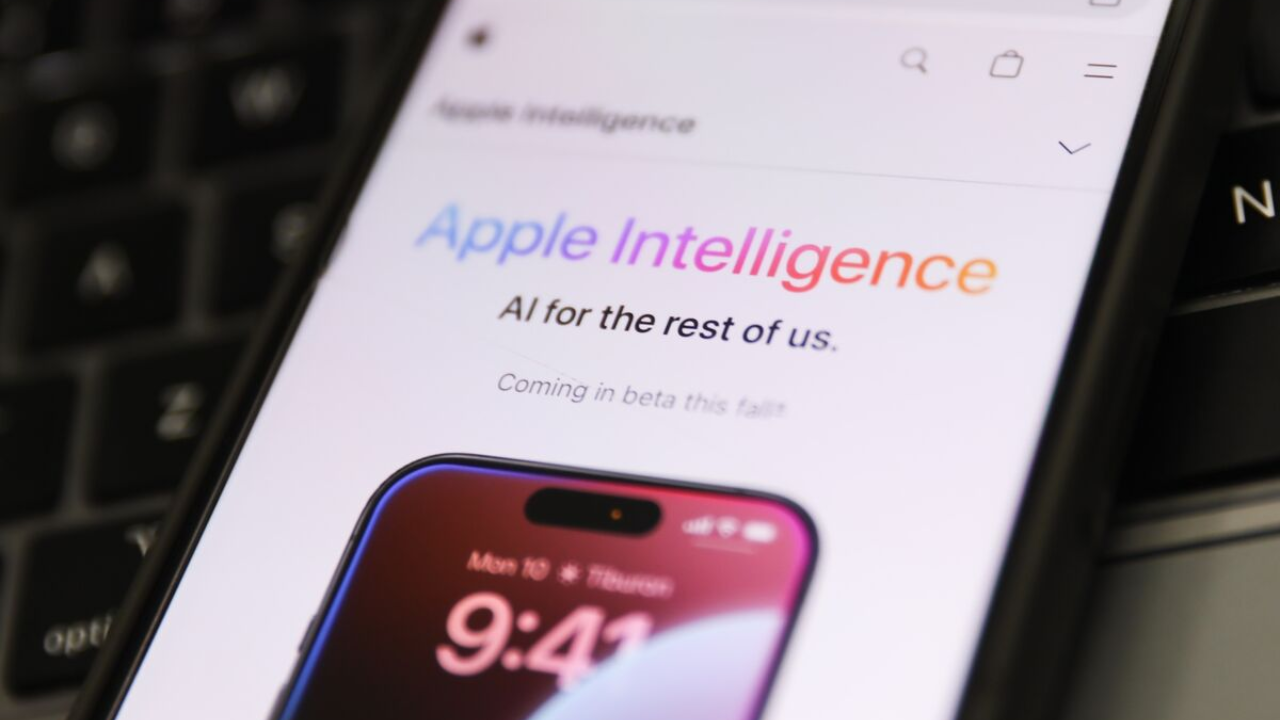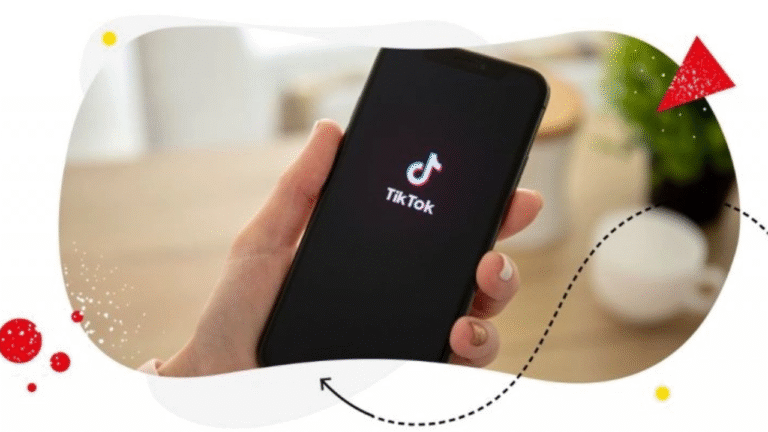Apple’s Next Big Move in AI Tech – What You Need to Know
Apple has always played the long game. While other tech giants rushed into the artificial intelligence (AI) arms race with flashy announcements and half-baked products, Apple quietly built its foundation. Now, in 2025, the company is preparing to make what may be its boldest and most impactful leap into AI technology yet.
But Apple’s move isn’t just about catching up — it’s about redefining how AI blends seamlessly into the fabric of everyday life. Here’s what Apple is doing next in AI, why it matters, and what it means for users, developers, and the tech world as a whole.
The AI Shift: From Quiet Innovation to Center Stage
Unlike companies such as OpenAI, Google, and Microsoft, Apple has been more subtle in its AI developments. Its strategy focuses less on headline-grabbing breakthroughs and more on integrated intelligence — AI features that enhance existing user experiences rather than stand out on their own.
With the release of iOS 18 and macOS Sequoia, Apple is finally putting AI front and center. But true to form, it’s doing it the “Apple way” — focusing on privacy, user control, and seamless design.
What’s New: Apple Intelligence and Private Cloud Compute
At WWDC 2025, Apple unveiled its flagship AI platform: Apple Intelligence. This isn’t just a new feature — it’s an ecosystem-wide shift.
Key Highlights:
- On-device AI Processing: Many tasks are handled directly on the user’s device, reducing latency and improving privacy.
- Private Cloud Compute (PCC): For more complex tasks, Apple uses a secure cloud infrastructure that doesn’t store or access user data.
- Integration across apps: AI enhancements are deeply woven into Mail, Safari, Notes, Messages, and more — not bolted on.
The aim? Make AI feel invisible but incredibly useful — like having a superpowered assistant that works in the background without ever invading your privacy.
Smarter Siri: Finally, a Real Assistant?
Apple’s virtual assistant, Siri, has long been criticized for lagging behind competitors like Google Assistant or Amazon Alexa. That’s changing now.
With Apple Intelligence, Siri gets a massive overhaul:
- Better context awareness: Siri can now reference what’s on your screen and remember recent interactions.
- Natural language fluency: Conversations with Siri feel more human, less robotic.
- App integration: Siri can perform actions within apps more reliably, like sending files, scheduling, or summarizing notes.
The goal isn’t to compete with ChatGPT or Gemini in raw conversation, but to create a personal AI butler that understands your habits, apps, and preferences better than anyone else.
ChatGPT Integration: A Surprising Twist
In a move that few saw coming, Apple announced a partnership with OpenAI, integrating ChatGPT directly into Siri and system-wide tools — with user permission.
How it works:
- When Siri can’t answer a complex question, it asks if you want to “consult ChatGPT.”
- Users can toggle ChatGPT responses for writing help, coding advice, or creative tasks.
- No data is shared unless you opt in — reinforcing Apple’s stance on privacy.
This hybrid approach allows Apple to offer best-in-class generative AI without building its own large language model (yet), keeping the user experience focused and controlled.
AI Across the Ecosystem: Subtle, Useful, Everywhere
Apple Intelligence isn’t limited to Siri. It’s powering a wide range of new features across the ecosystem:
1. Mail and Messages
- Summarize long threads
- Auto-prioritize important messages
- Suggest smart replies
2. Photos
- Search using natural language (“Photos from last summer with James and fireworks”)
- Clean up background objects and enhance lighting using AI tools
3. Safari
- Page summaries and highlights
- Smart search suggestions based on browsing history and context
4. Writing Tools
- System-wide AI writing assistant for rewriting, proofreading, or summarizing text in apps like Notes, Mail, and Pages
These tools aim to make everyday tasks faster, smoother, and less distracting, putting the focus back on creativity and productivity rather than busywork.
Why Apple’s AI Approach Is Different
Apple’s AI isn’t loud, performative, or experimental. It’s controlled, refined, and invisible. Here’s how it sets itself apart from rivals:
1. Privacy-First Architecture
Apple’s Private Cloud Compute ensures that even complex AI processes don’t violate user trust. Data is not used for training AI models unless explicitly shared.
2. Hardware-Optimized AI
Apple has spent years developing its own silicon — including the M-series chips and A-series mobile processors. These are now optimized to handle AI workloads on-device, enabling faster, more secure performance.
3. Ecosystem Integration
No other company controls both hardware and software as deeply as Apple. This allows it to embed AI features directly into the OS, rather than running them as third-party overlays.
What Comes Next?
Apple’s entry into the AI arms race isn’t just about catching up — it’s about setting the tone for the next phase of consumer tech. Here are some signs of what could be coming:
1. Personal AI Profiles
Apple may allow users to train personalized models that understand their style, tone, and behavior — all processed locally.
2. AI-enhanced Vision Pro
As Apple expands its Vision Pro headset, expect AI to play a massive role in object recognition, gesture control, and immersive environments.
3. Developer Access
Apple is expected to release AI APIs for developers, allowing third-party apps to harness system-level AI features — with full user control.
4. Proactive AI Suggestions
Future iterations may introduce even smarter, predictive systems that learn when to recommend tools before the user even asks.
Apple vs. The Competition
While companies like Google and Microsoft race ahead in large model capabilities, Apple’s competitive advantage is its ecosystem and user loyalty.
Here’s a comparison snapshot:
| Feature | Apple Intelligence | Google Gemini | Microsoft Copilot |
| AI Model | External + On-device hybrid | Proprietary (Gemini) | OpenAI GPT-4 integrated |
| Privacy | Highest | Moderate | Moderate |
| Ecosystem integration | Deep and seamless | Moderate | Tied to Windows/Office |
| Target user | Everyday consumers | Developers + consumers | Enterprise and productivity |
Apple’s strength lies in making AI invisible yet essential — something the average user can rely on without learning a new app or interface.
Final Thoughts from TheUnfite
Apple’s next big move in AI isn’t about winning a hype war. It’s about reshaping digital interaction for the next decade, quietly and efficiently. The company is betting on a future where AI is not a tool you use — it’s part of how everything around you works.
From smarter Siri commands to real-time writing assistance and intelligent photo editing, Apple’s approach to AI is focused, respectful of privacy, and designed to enhance daily life.
In an age of AI overload, Apple’s restraint might just be its biggest strength.
Stay tuned to TheUnfite for more deep dives into how tech is evolving, where it’s going, and what it means for you.





